Haagrun
Cetosaurichthys globifrons is a species of Bejathanid Scarabidichthyioid from the outer arctic shelf.
The species is found living from Unit one through five of the outer ice shelf, living among the tall cascading forests of soft algal trees in the medium depth zone, between the Ice shelf above and the tree crowns below.
The countershading on the body adapted to camouflage against the background.
If seen from above the green body conceals against the tree crowns below, if seen from below it blends with the ice shelf above.
The animal hunts for smaller amphibians among the lower areas of the forests, just above the thickest foliage, using the large horizontally positioned pectoral fins to disturb the vegetation and scare prey out of it.
Usually hunting in couples or small familiar pods, the animals will take turns scaring prey out of hiding while the other members of the group chase and hunt.
The forehead, generally bigger in females, enlarges during the mating season and is used in intraspecific communication.
Through a series of internal chambers, the forehead creates vocalizations that become increasingly more complex during the mating period, when the females serenade their partner.
The animal was sighted by arctic expeditions for almost twenty years before being recognized, the reason being the lack of true documentation and tangible specimens to study.
With sightings being few and far between, the animal soon became a folkloristic figure with unnatural abilities; it was said the Haagrun would lead humans to the mouth of Hades through their complex singing, safely bringing them to shore.
Eventually, a specimen was brought back from the arctic, twenty years after the first sighting.
The species was not rare in its habitat but became so difficult to describe because of the relative inaccessibility of it, with the few animals that surfaced being panicked specimens brought to the surface by the expedition ships breaking the ice shelf and destroying their native forests.
After many years of expeditions and extensive harvesting of its native forests, the species declined to the current numbers averaging an estimated 6.000 fertile adults left in the wild.
The animal is now considered a protected species by the TWPP and has several established populations in several natural reserves around the Outer Arctic.
Basic Information
Anatomy
- Head rounded, forehead large.
- Armour fused, opening on the top of the head in a mask-like shape.
- Body muscular.
- Pectoral fins horizontally angled, growing on the ventral side of the body.
- Dorsal fins small compared to the body, growing on the second half of the back.
- Anal fins small, growing at the same height of the dorsals.
- Gill tail small and thin, ending in a large flat Gill Fan with a medium caudal drop.
Genetics and Reproduction
Mandatorily monogamous species.
C. globifrons mates in early spring.
Females enter heat a few weeks before the males, increasing the hormonal production to 300% the normal rate, enlarging the forehead by thickening muscle mass and building up fat deposits on the third skin layer of the region.
The forehead has many usages during the mating season; the female will use the thickened fat layer to heighten the temperature locally to incubate the eggs while the stronger musculature reinforces the area and helps in the enlargement of the forehead and the canals used for the female's singing.
When the male enters heat too, the female will start its courtship rituals, composed of complex calls and songs usually referred to as "Serenading".
Newly formed couples are created upon the female's capacity of serenading the male into following her deeper in the cascading forests.
Why the female continues to serenade the male even the years after the couple was formed is still debated but the species seems to value vocal communication during everyday life too, often modulating their chanting even outside of the mating period.
The male will dance with the female, without interrupting her serenade, pirouetting while spiralling around the female, which will continue to swim straight until the end of the song.
Near the end of this dance, the male will focus on moving around the head of the female, mating with her while still moving in spirals around her; the female will match the male's rotation during the mating process.
The eggs will be incubated inside the duct until they hatch, the young will remain inside the very enlarged duct for the first few days of life, feeding on the seeping oils and fats from the mother's forehead.
After a few days inside, the fat layer will have thinned enough as to slowly drop the internal temperatures to normal levels, giving time for the young to gain weight and gradually adapt to the outside climate.
The first few weeks of life, the offspring will move in and out of the mother's duct for shelter and to feed on the greasy fats, at least until they develop the dentition needed to start feeding for themselves.
Growth Rate & Stages
Ontogeny in the species not very apparent.
Young specimens will have a reduced forehead and will be born with a more developed dorsal armour, which will progressively absorb over the first few months of life.
Like in most other oviviviparous species, the natal aculeus will be atrophied and blunt at birth, hatching by simply uncurling in the egg instead.
Natal aculeus absorbed two weeks after birth.
Ecology and Habitats
Epipelagic creature found living in the upper layer of the cascading forests between 10 and 20 m deep.
It lives in the medial area of the forest, among the trunks between the Ice ceiling and the crowns.
Dietary Needs and Habits
Predatory species hunting small animals hiding in the tree crowns.
The species hunts in a coordinated fashion by having the ones chasing prey being different from the one scaring them away.
Biological Cycle
Seasonal species entering reduced activity stages in autumn and winter.
Additional Information
Social Structure
Social creature living in family units composed of the parents and the young from the last mating season.
The animal values vocal communication above physical contact.
Domestication
Although the species is very playful towards divers and demonstrates potential for domestication, both its size and endangered status make it impractical to keep even in large aquariums.
Specimens in reserves often have names assigned to them and interact on a regular basis with the researchers, having shown both affection towards them and the ability to recognize faces.
Uses, Products & Exploitation
For several years after its descovery, the species was harvested for its meat and fat, especially pregnant females.
Both the harvesting of the species and of its native forests for food contriubuted in its decline.
Today hunting the species is illegal as per the Outer Arctic preservation act (OAPA).
Perception and Sensory Capabilities
Good eyesight and capacity of very complex vocalizations.
Symbiotic and Parasitic organisms
Afflicted by Intestinal Tube Worms.
Rarely carrier of Cerebrospinal dehydration disease.
In a mutualistic relationship with several smaller invertebrates keeping its skin clean for food.
The Haagrun is often used by small cnidarovertebrates as a carrier to move from a plant to another.
Scientific Name
Eoichthyia; Armadilloarmatia; Scarabidichthyioidea; Bejathanidae; Cetosaurichthys; C. globifrons
Lifespan
28 Years
Conservation Status
Endangered: Several natural reserves have been estanblished to protect the cascading forests it lives in.
Population Trend: RECOVERING
Average Weight
200-1000 kg
Body Tint, Colouring and Marking
Algae green upper body, countershaded icy azure.
Fins tipped indarker blue.
Area around the eye purple, forehead striped the same colour.
Remove these ads. Join the Worldbuilders Guild

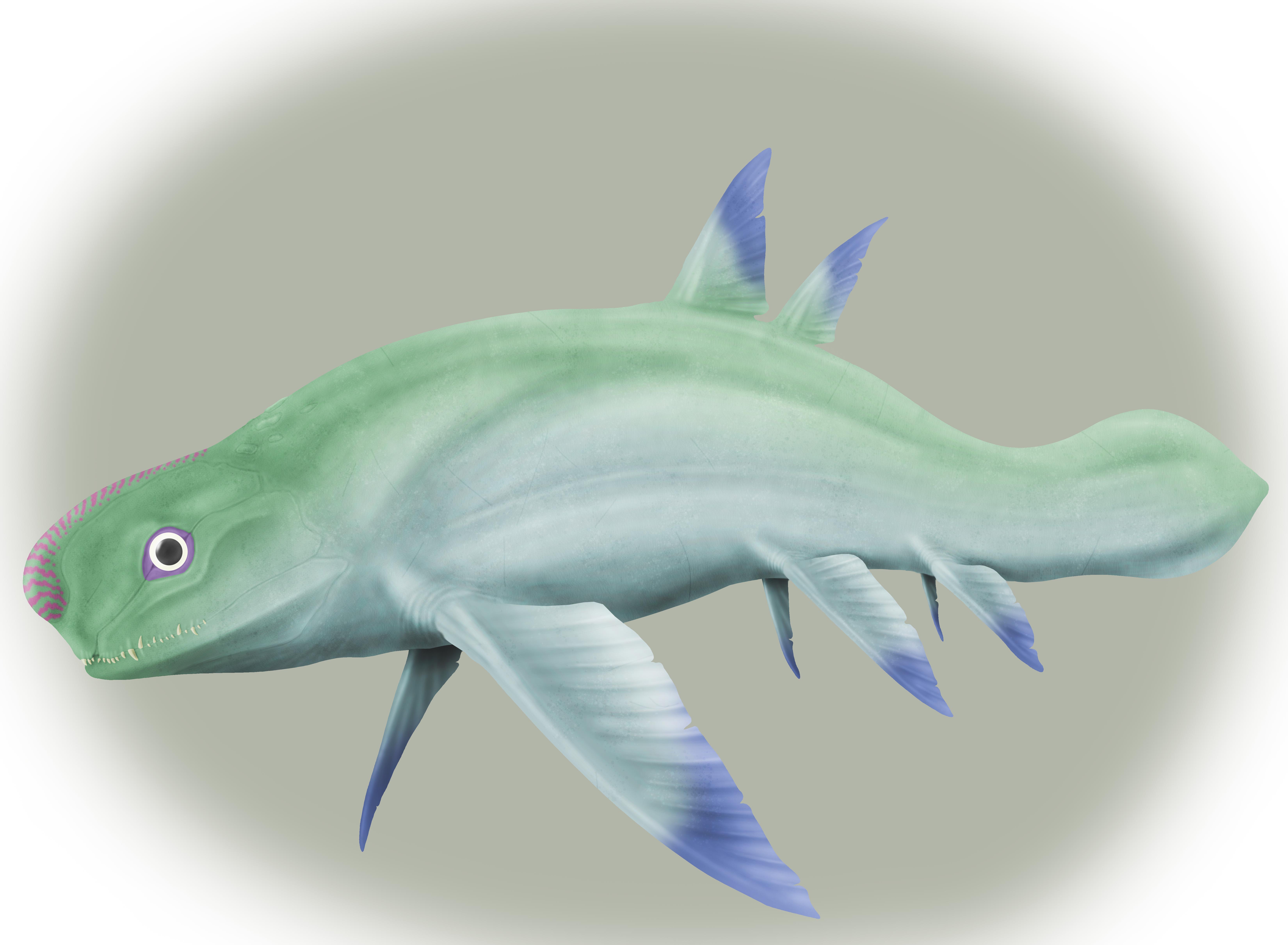
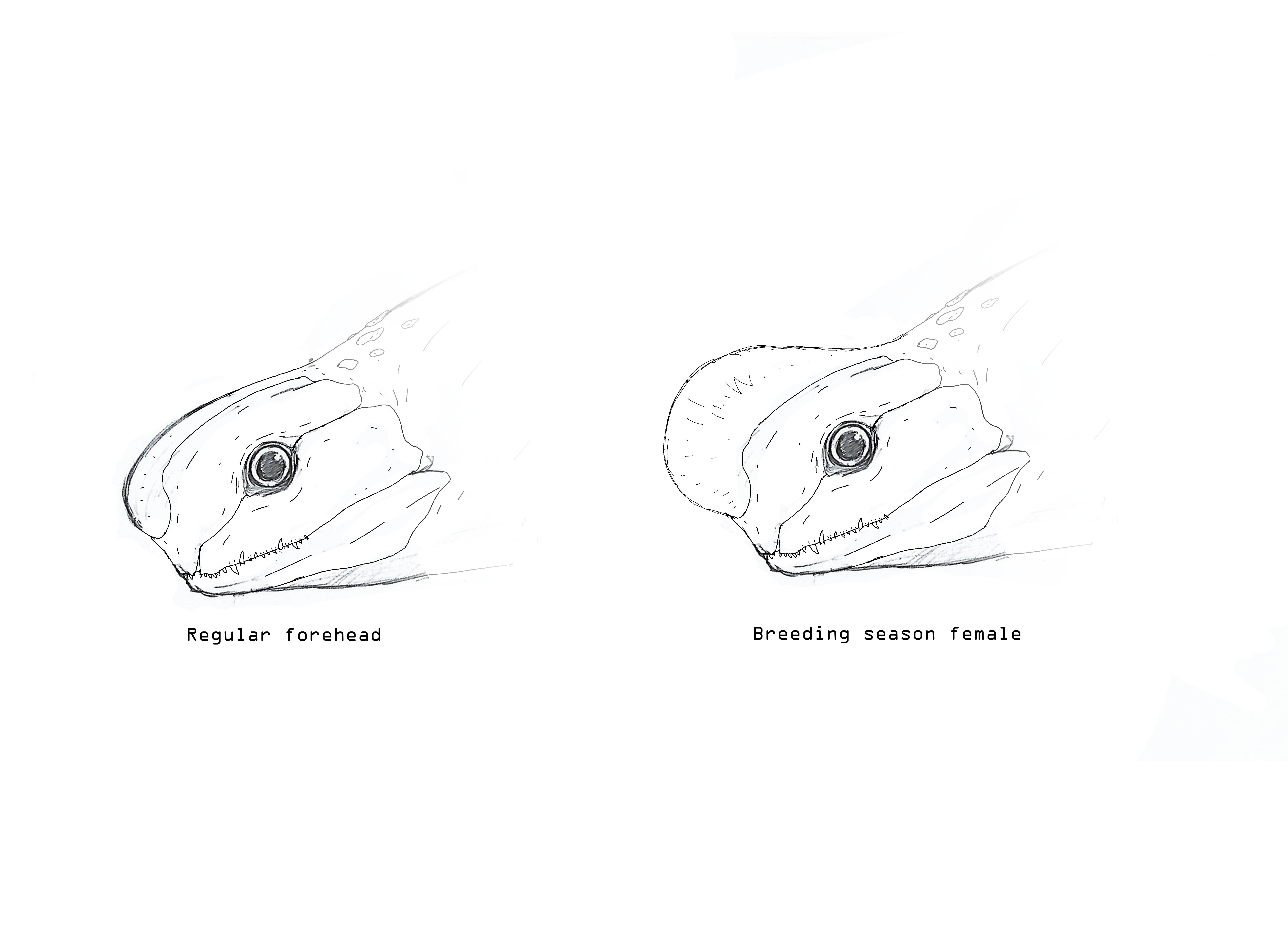
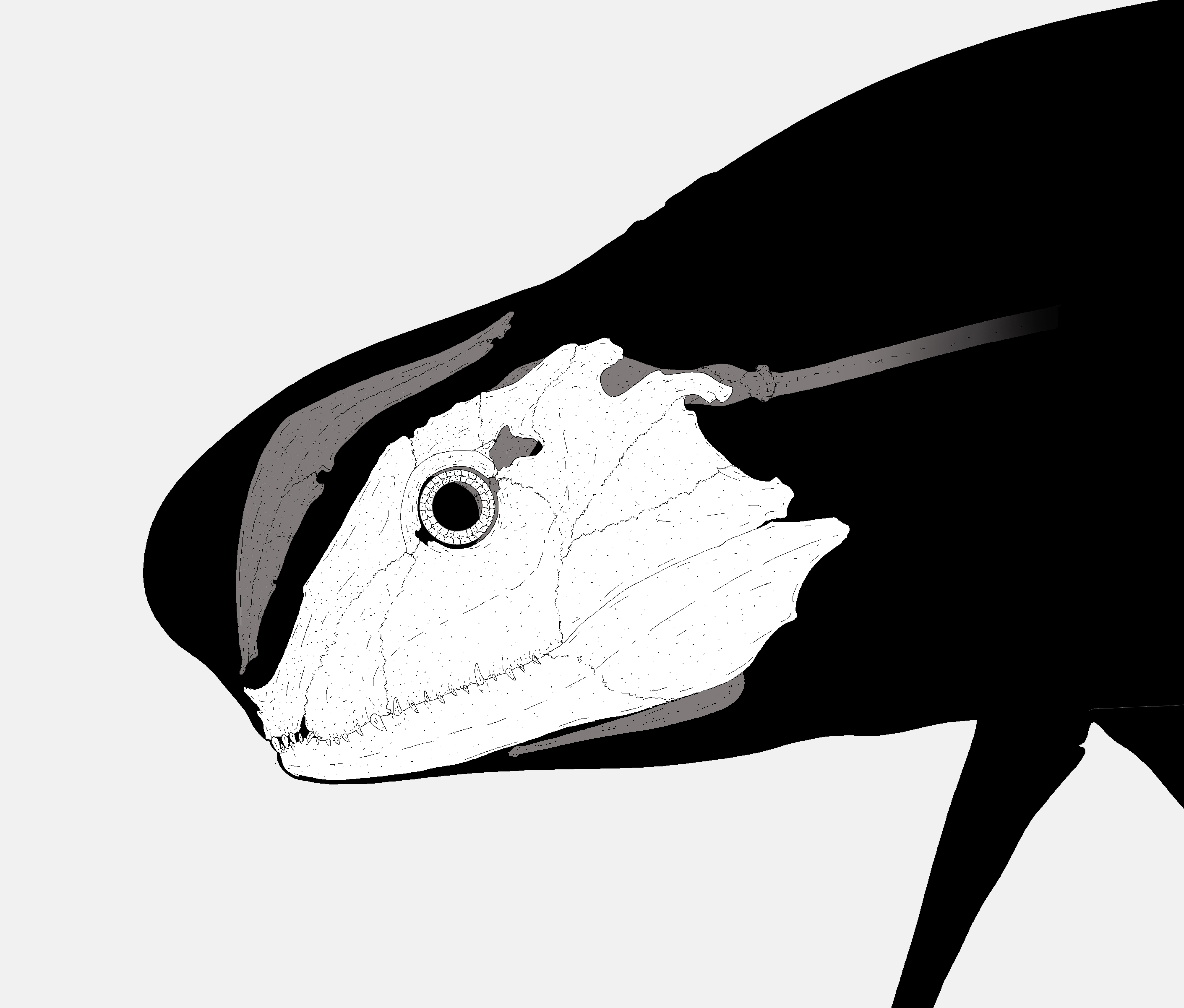
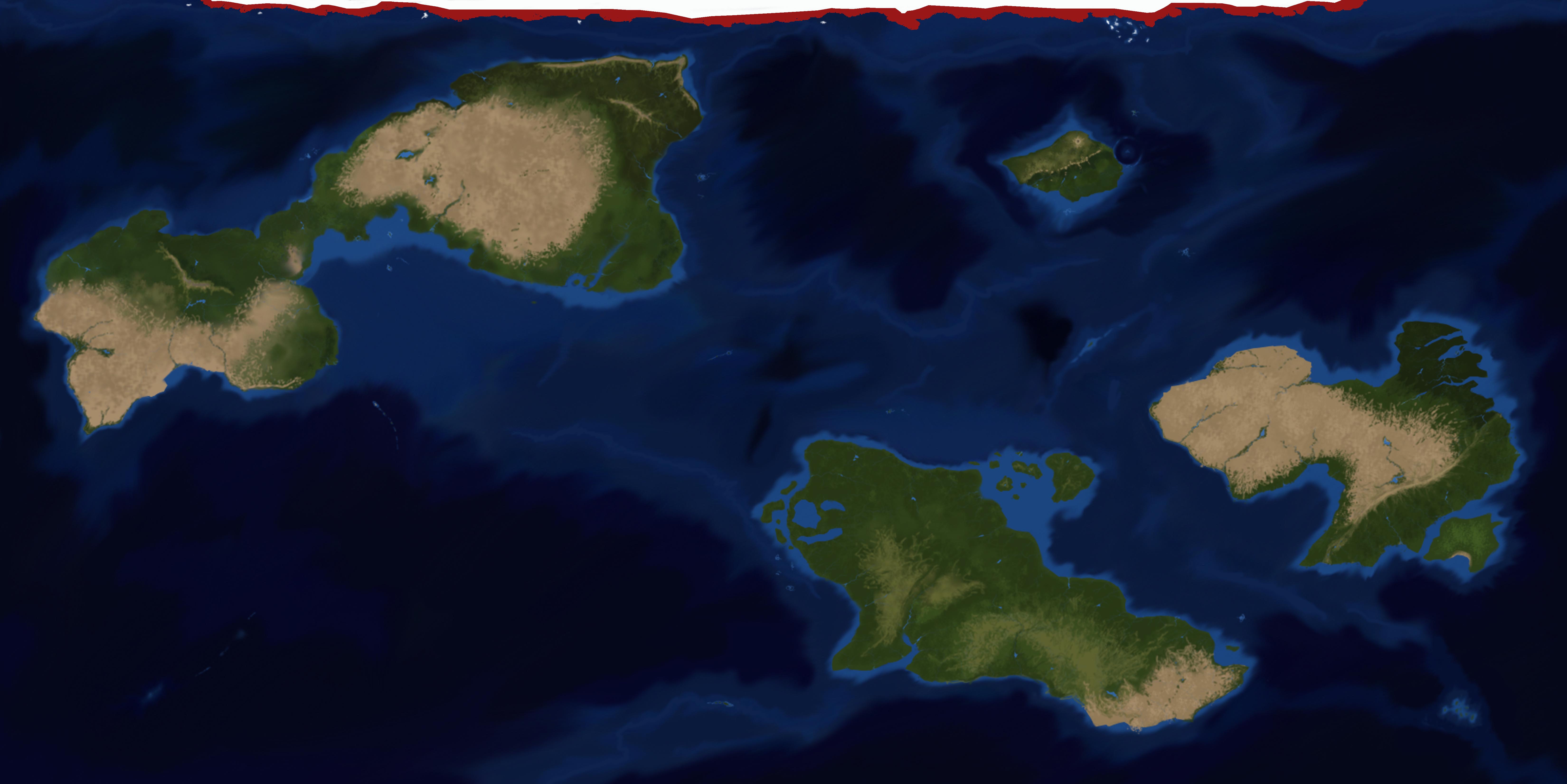
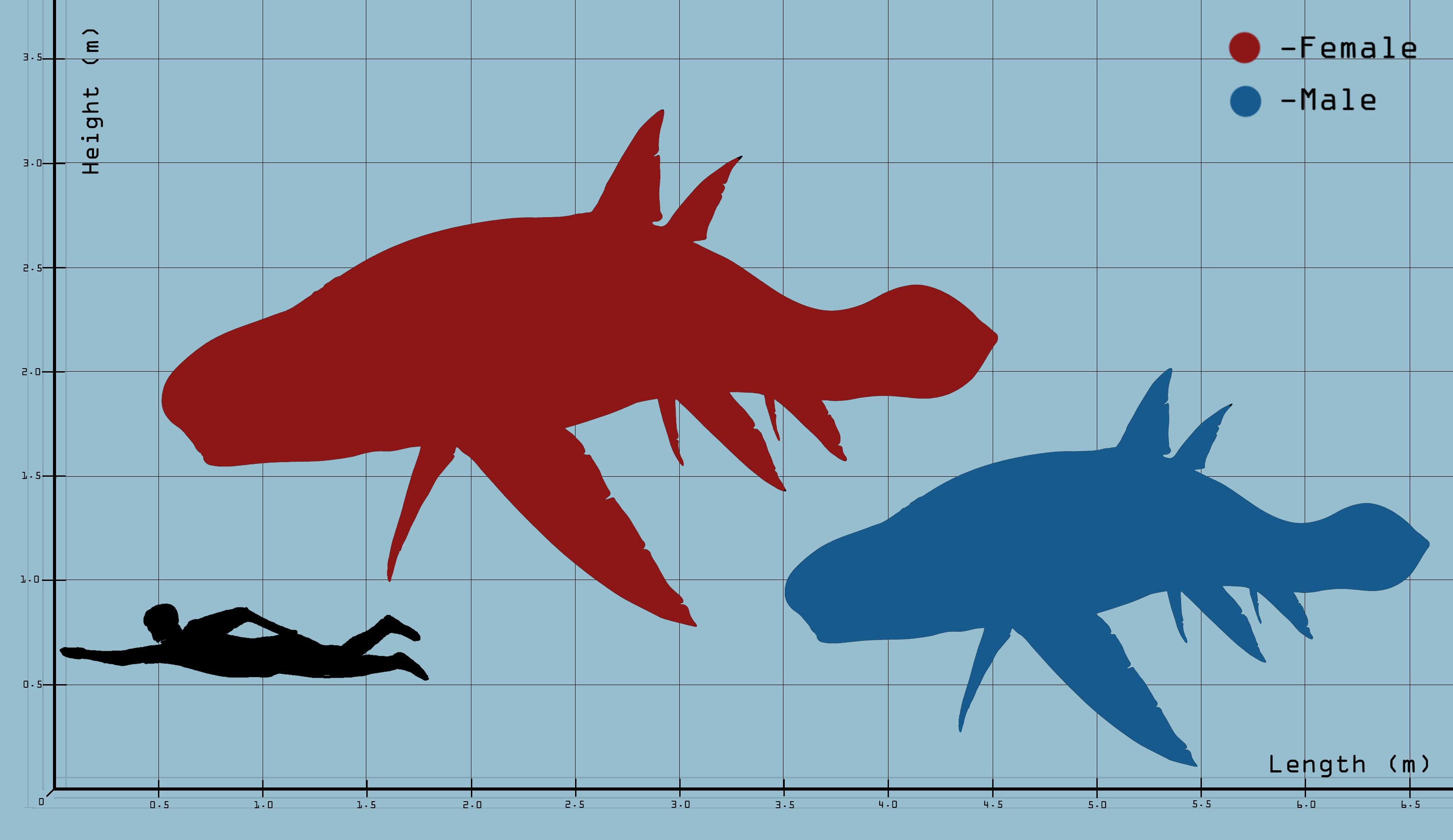








HEy man love your work but how do your fish breath without gills